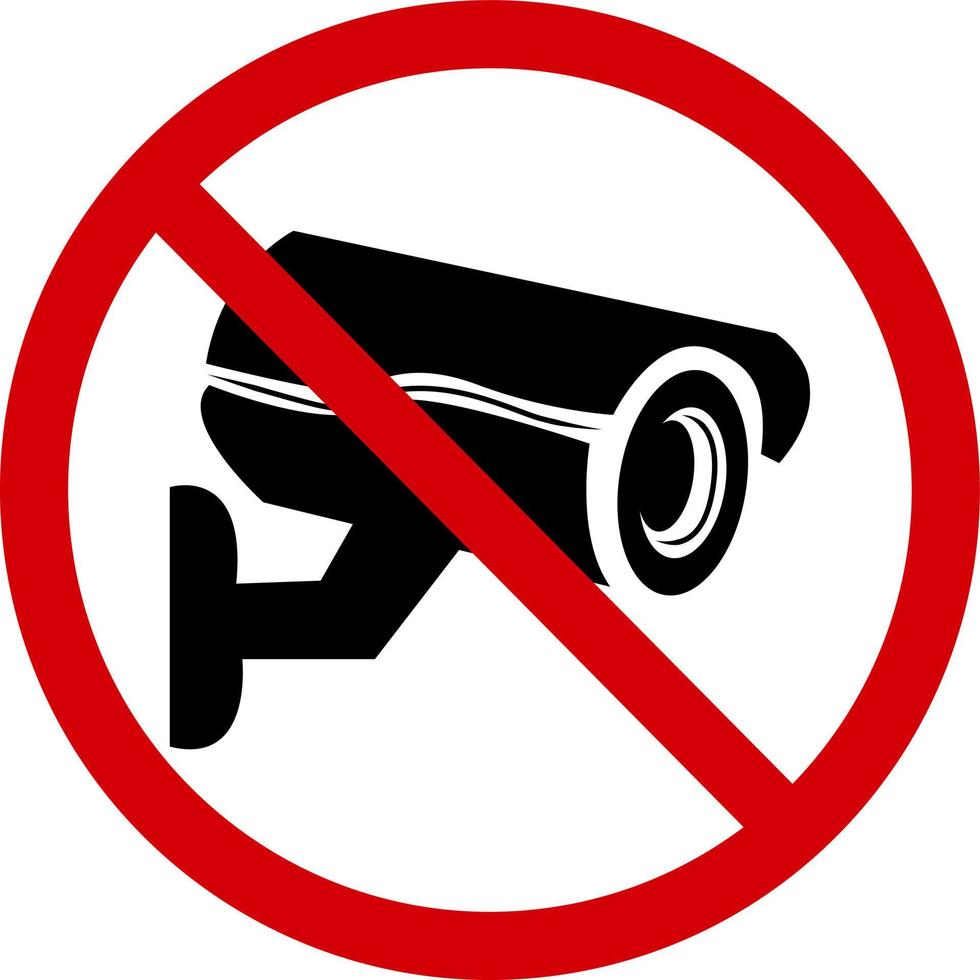

I know; they should not be allowed to do that.
Interests: programming, video games, anime, music composition
I used to be on kbin as e0qdk@kbin.social before it broke down.


I know; they should not be allowed to do that.


Mozilla’s non-profit status needs to be revoked.


Definitely! I usually name my files starting with YYYY_MM_DD (which makes it easy to sort by the date I started making the file), a number for which entry it was on that day (1,2,3,4… plus sometimes a letter too if I want to keep multiple drafts), and a few words if I have other details I want to remember. e.g. “transcribe_song_by_artist” or things like “cont_YYYY_MM_DD-entry” when I continue working on a piece from a long time I ago. Sometimes I add a title after that too if I wanted to give the piece one.


Deliberately copy snippets of a work you’re interested in as a study – e.g. transcribe it – and experiment with elements you find interesting (rhythm, chords, synths, effects, whatever) in small test pieces to make sure you understand what’s going on. Let the ideas stew for a while and then much later try to use the techniques you learned in a real piece.
That’s what I do anyway.


GoG homepage > (your name [drop down menu] when logged in) > “Games” > Click on any game in your collection > Download offline backup game installers
You can download installers for whatever systems the game supports – usually that’s just a Windows .EXE installer (+ several .bin files if the game is large). For games intended to run on Linux w/o WINE, you can select “Linux” from a drop down where it says system and it will give you an .sh file.
Glad I could help you make progress – I hope you can get it all the way working now. Good luck!
How 'bout that! :D
If the SSD itself is OK, then it was probably trying to boot the SSD still. The blank screen issue might have to do with the graphics drivers then? I remember having a similar blank screen problem with Ubuntu a long time ago where I had to put in “nomodeset” as a parameter in GRUB when booting until I got the right drivers set up.
the tablet supports pxe boot. Do you think I could get mileage off of that if I set up a server on my other laptop and connected them via ethernet?
Maybe. If it’s not too much trouble to set up and you can’t get the USB to work again, might as well try it before throwing in the towel.
I’m rather confused by the fact that the USB drive worked for you before but doesn’t any more and yet seems to be OK on other systems. Is there anything like “fast boot” enabled in the BIOS maybe? (Try turning that off if so.)
Also, when you’re trying to boot from the SSD, can you get anything out of GRUB by tapping shift or escape (or maybe other keys) while it’s trying to boot?
Do you think that removing the ssd will help?
It’s a sanity check to help you rule out things like unintentionally booting from the wrong device. Can’t boot from hardware that’s not there! If the USB does work with it removed, then something you believe about how the device boots is false and you can then try to figure out what. A lot of BIOSes will “helpfully” try the next device in the sequence if it can’t successfully boot from the first one – which can be really confusing when debugging.
Some other thoughts for things to check: does the device confirm that it can actually see the USB drive in some way? Does a USB keyboard work in the port you’re using? If there’s more than one USB port, have you tried a different port? Do your USB drives work in another computer?
I rebooted to the installation media to try another install. It was black too.
I assume you’ve probably already checked, but in case not, is the boot order correct? What happens if you remove the SSD entirely and try to reboot to the USB without it?
Also, does the SSD boot in another computer?
If you can’t get anything to boot on the tablet, I’d RMA it.


Google puts telemetry in the default keyboard app. Let that sink in for a moment.


I have a few of those, and while the ones I bought have worked out fine so far, I think it’s worth cautioning people that they are annoyingly loud doing basic operations.


You added a rainbow!


!animepics@reddthat.com – people mostly post fan art these days, but discussion of anything anime-adjacent (anime/manga/VN/hentai/etc.) is explicitly allowed too. In the past I’ve posted amusing/interesting stills from shows I was watching, custom image composites, screenshot comics, and things like that.
!anime_irl@ani.social – “A community for sharing relatable real-life situations depicted in anime.”


A few off the top of my head: Shirobako. Space Dandy. Samurai Champloo. Ghost in the Shell: SAC.


Mawaru Penguindrum


I tried booting an old Surface off a USB stick with stock Ubuntu once – probably either 20.04 or 22.04. (I tried this in June 2022 but didn’t make a note of the versions in my journal, unfortunately.) I was able to get it to boot, but I couldn’t get touch/pen controls working so I decided against replacing the OS. I didn’t have enough enthusiasm to bother experimenting with it further – I assume it probably needed the custom kernel.


There is absolutely no reason whatsoever that a security camera needs access to anything.
NTP is useful to correct clock drift, but otherwise, I’d agree.
kbin.social has been totally down for a while. I don’t think your posts are actually federating when you post into a kbin.social magazine right now; the votes you are getting are probably from other lemmy.world users only.
You can do this by configuring an HTTP server (e.g. Apache) to listen on port 80 and/or 443 (HTTP and HTTPS standard ports, respectively) and select which site to serve based on the name of the site requested. Apache documentation for this feature is here: https://httpd.apache.org/docs/2.4/vhosts/name-based.html
Note the sample config snippet showing how to set up a simple static site serving both
www.example.comandother.example.comusingServerNamein aVirtualHostto select between them.You can also have Apache match a pattern in the URL and reverse proxy to another HTTP server – that can just be another program on the same computer listening on a different port, or could be on another computer entirely. See the simple reverse proxy config example on this page for a starting point: https://httpd.apache.org/docs/2.4/howto/reverse_proxy.html (Note also that you probably don’t need anything further down that page – e.g. the load balancer and failover stuff is not likely to be useful to you for a small personal project.)
Other popular HTTP servers can do this too; I just happen to have done it with Apache before.